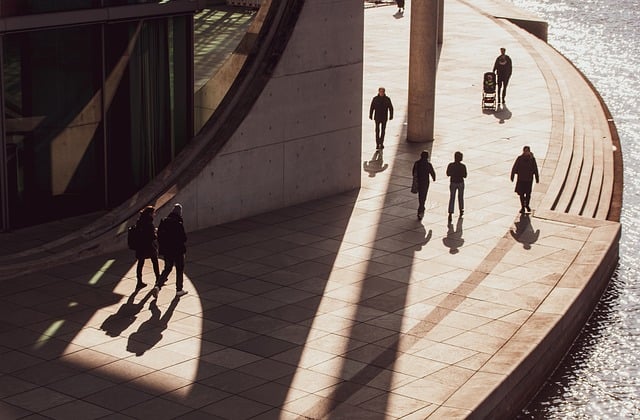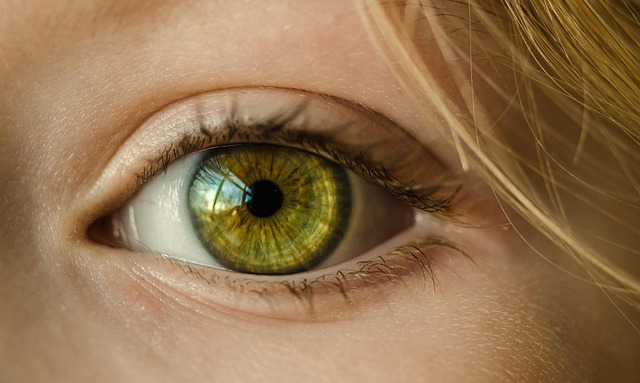The world of painting is vast and enriched by countless techniques, styles, and ideas. Among the myriad of choices artists face, the concept of analog colors stands as a beacon, guiding creators toward harmony and emotional resonance in their work. Analog colors are those that sit side by side on the color wheel, such as blue, blue-green, and green. This close relationship creates an inherent sense of unity and peace, allowing artists to evoke specific feelings and narratives through their compositions.
When you think about art and design, it’s easy to become captivated by vibrant clashes that electrify the canvas. However, there is an undeniable beauty in the subtlety of analog colors. Using hues that complement one another, artists can build layers of depth and complexity that resonate with viewers on a deeper emotional level. Imagine walking through an art gallery, where a serene painting of a tranquil landscape draws you in with its range of greens and blues. The painting not only pleases the eye but also invokes feelings of calmness and reflection.
Incorporating analog colors in painting encourages a sense of storytelling. Each hue can represent emotions and ideas, guiding the viewer through a visual narrative. For instance, a composition with various shades of orange, yellow, and red can evoke the warmth and vibrancy of a sunset, while a palette featuring shades of purple, blue, and teal can express the mystique of twilight. This emotional vocabulary is powerful for artists, turning simple strokes into emotional explorations.
Choosing to work with analog colors also enhances the design aspect of a painting. The flow and rhythm of a piece are amplified when the artist consciously selects adjacent colors. This technique can lead to a cohesive design, allowing various elements within the artwork to connect seamlessly. It’s like having an internal dialogue with the colors, as each shade complements and enhances the others, creating visual harmony.
Furthermore, the process of blending analog colors creates a dynamic interplay of tones and shades, resulting in rich gradients that captivate the viewer’s gaze. Whether through soft transitions or bold contrasts within the same color family, these gradients serve as a reminder of nature’s own palettes. This grounding in reality not only instills a sense of balance but also allows the artist to convey personal stories and intimate moments.
To experiment with analog colors can be like stepping into a world where emotions are vividly expressed. An artist might start with a limited palette of colors, gently exploring the myriad ways they can interact to form new shades and temperatures. This exploration not only nurtures creativity but also serves as a meditative practice, inviting the artist to engage with their materials and intentions on a deeper level.
In the ever-evolving landscape of art, the concept of analog colors remains relevant and inspiring. Many contemporary artists are embracing this technique, blending the traditional with the modern to create pieces that are both timeless and innovative. This newfound appreciation for subtlety invites both artists and viewers to slow down and really see the layers of meaning embedded in each hue, touching on the emotional and sensory experiences that colors can create.
Ultimately, the power of analog colors in painting lies in their ability to connect, evoke, and inspire. They remind us that creativity is not merely an act of putting paint on canvas; it is an exploration of emotion, design, and the delicate nuances of life. As artists continue to experiment and explore with these colors, they contribute to a dialogue that resonates throughout the art community and beyond.



